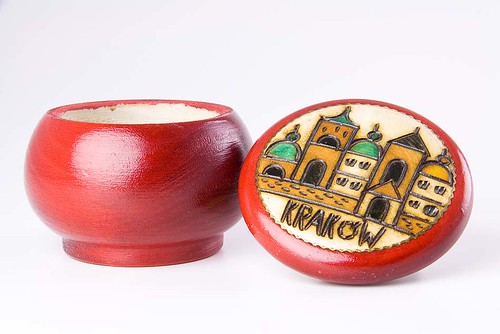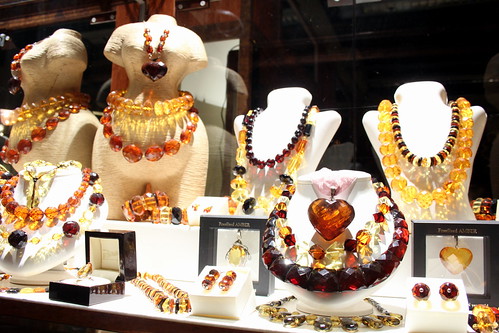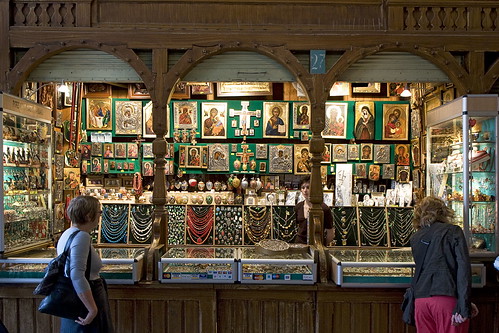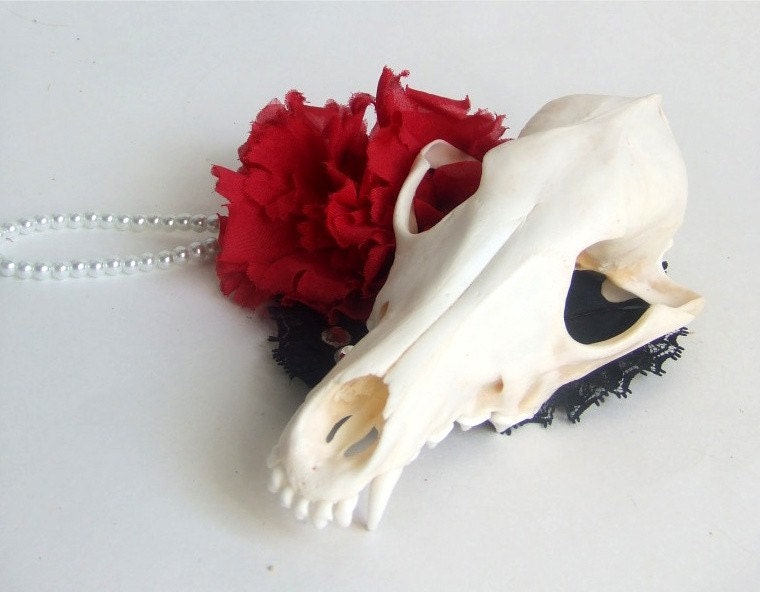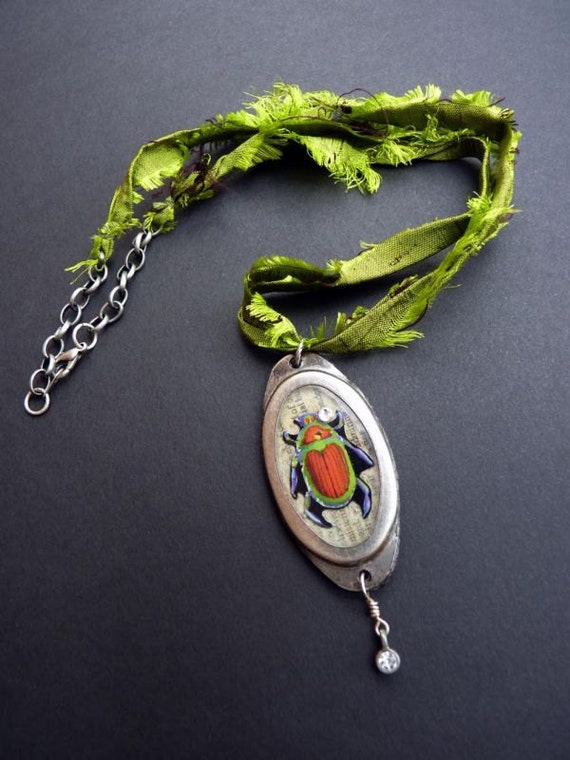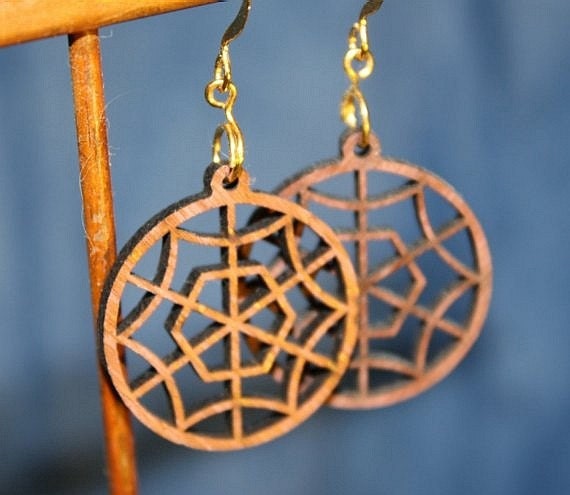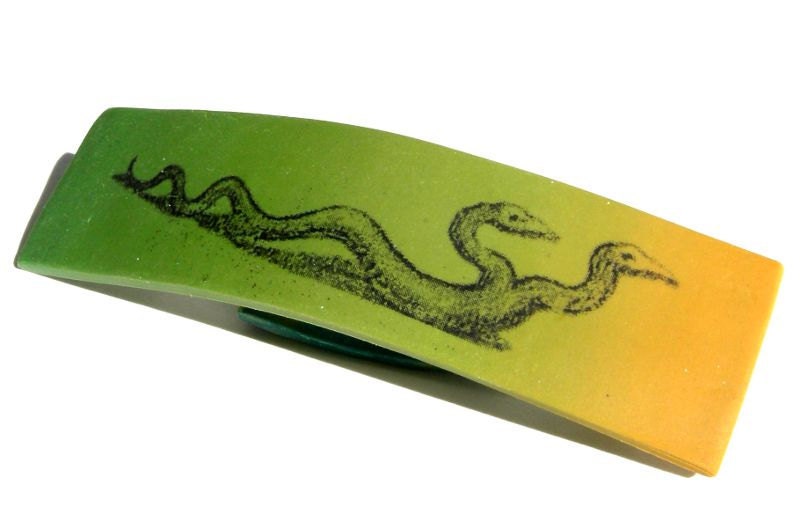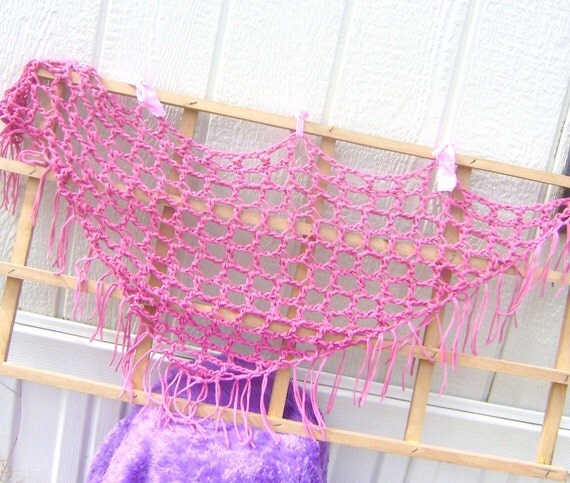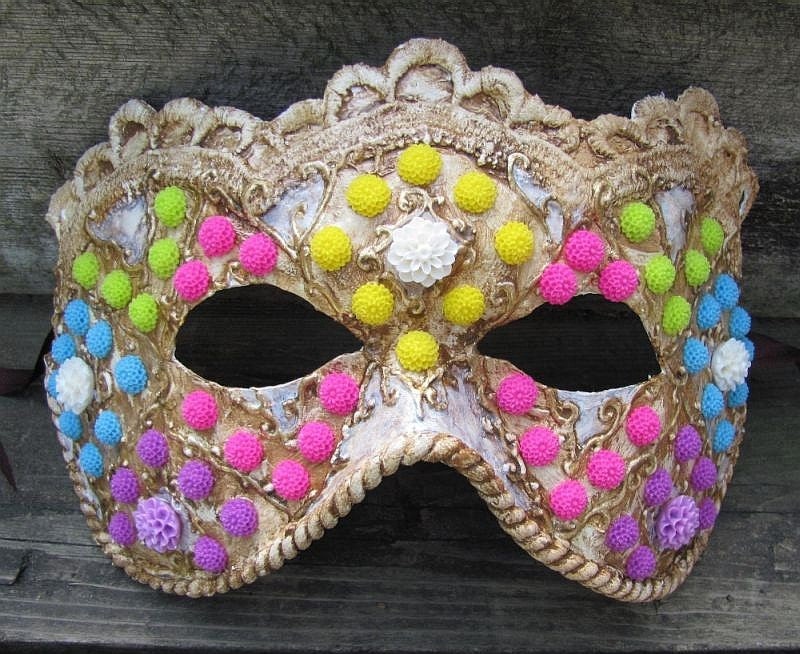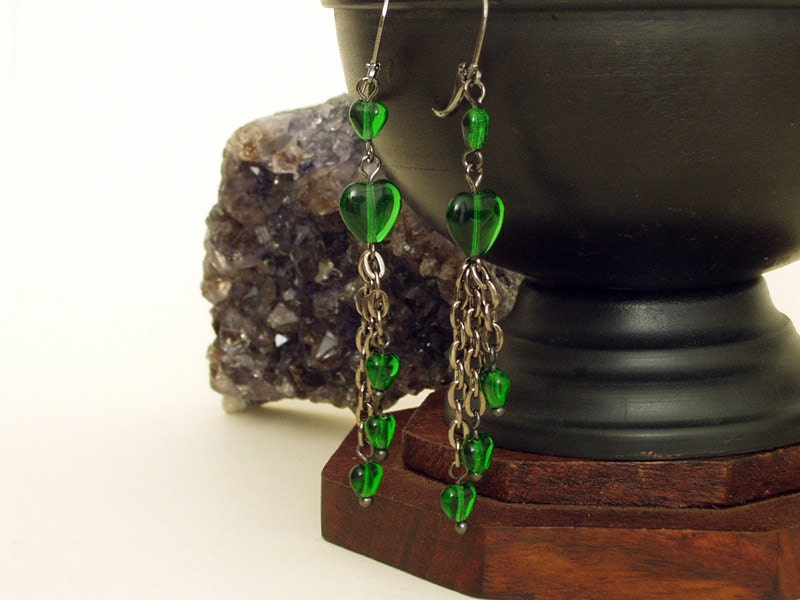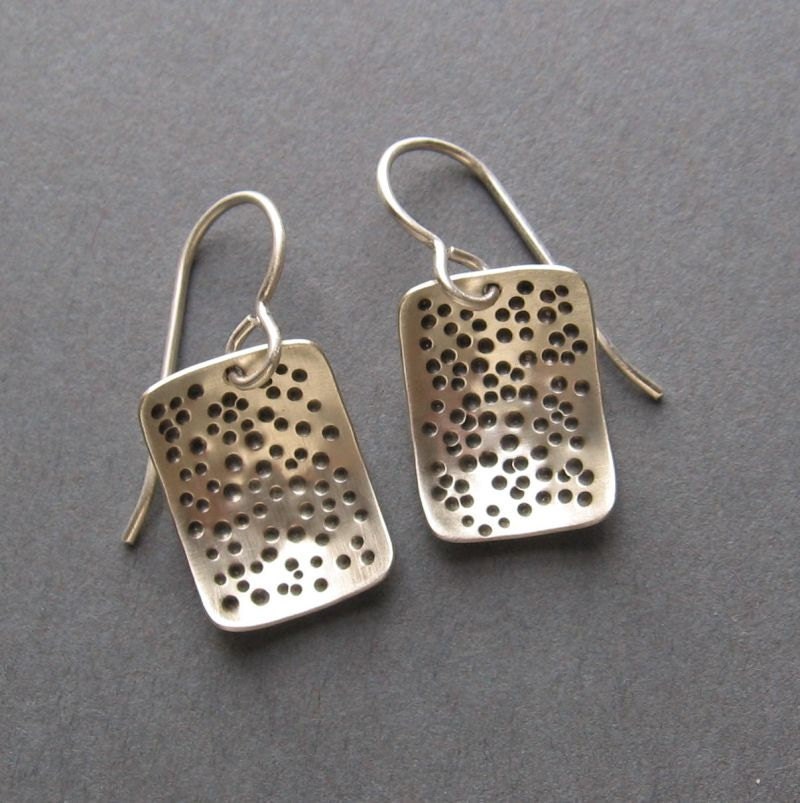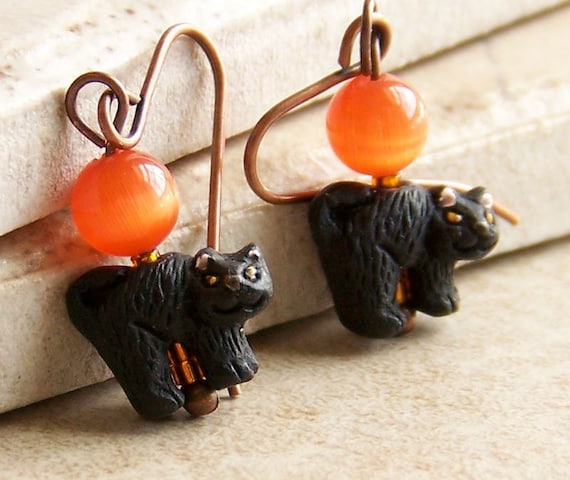Calculations
If you go to a beading or marketplace forum and ask for pricing advice, you will almost surely get several suggestions for using a pricing calculator or equation. There are a few different variations out there, and many artists - myself included - create their own. While I am definitely a believer in pricing equations, I also think it is important to use them with flexibility.
One of the most common calculations, particularly for simple jewelry designs, is: (Materials Cost) x 3 = Retail Price. Once you’ve worked out the cost of your materials, it’s easy enough to do. Remember that this includes all materials, including your thread or wire, and findings. And when calculating materials costs, you should use the replacement cost, not what you paid for it - or whichever is higher.
For example, if someone gives you a strand of pearls as a gift, you would still need to include the price of the pearls in your calculations for things you make with them, even though they were free to you. Or, perhaps you bought some buttons for 50 cents in the 1970’s, and are only getting around to using them now - even if they aren’t valuable collector’s items, it would still cost you more to replace the materials for future designs.
While the Materials x 3 formula certainly provides a lot of cushioning, it doesn’t include the amount of time or skill needed to make the finished piece. If you’re making copies of a similar design again and again, then this formula might work for you. However, if you’re making a lot of different jewelry styles, there could be a lack of balance in your prices.

Emerald, rhodochrosite and gold plated findings from Fire Mountain Gems
As an extreme example, let’s say that you make a simple pair of headpin earrings with gold and gemstones, and a long necklace with a detailed pattern of colorful vintage Lucite beads. The earrings take only a few minutes to make, and the final price is $99. The necklace takes a little over an hour to plan and string, but the price you calculate is only $21. Factoring your time into price calculations is not only more fair to you, but to your customers as well.

Vintage Lucite beads and stringing essentials from The Beadin’ Path
One other pricing formula that gets a lot of circulation includes materials costs, time spent designing and making the piece, overhead to cover business costs, and a hefty markup, which allows you to give discounts and sell bulk orders at wholesale. It goes something like this:
(Materials x 2) + (Hours invested x 20) = n
(n + 10% overhead) x 2 = Retail price
Even if you adjust this calculation to compensate your work time at minimum wage instead of $20 per hour, the results will be quite high. Though this calculation is ideal for finding a fair price for the artist, it doesn’t include factors like quality of work, the target market, or the artist’s ability or desire to reproduce the design many times.
Also, the amount of time it takes to make a piece can vary based on many factors, including your familiarity with the materials and techniques. For example, your first peyote stitch project might take days to complete. If you make the same design a year later, it will probably go much faster, but the work will be of better quality.
Whether you’re just starting to sell your work, or you’re curious about your pricing methods, I highly recommend using the above formula just to get an idea of what your work is worth. Remember that no matter what formula you use, or what the results are, you are in charge of your designs, and pricing is as much a personal choice as it is a business one. Using this calculation can help shock you out of the “who would pay for this?” mindset. Pricing your work too low can be more of a turn off to shoppers than pricing it too high.
Work Value
Just like finding your own design niche, pricing your work can often be a learn-by-doing experience. I didn’t discover that my jewelry prices were too low until I received several custom orders, and I had the work ahead of me, instead of behind.
To get an idea of what your work is worth, try pricing your designs before you’ve made them. As long as you have an idea of how long it will take, you can predict a price based on the amount of work you need to do. When you’ve already made a design, and are eager to sell it, it’s all too easy to decide on a price that you think someone might pay for it. This is were we undersell ourselves, because the work is already behind us.
After you have already made a design, and decided on a price, walk away for awhile. Later, imagine that a customer has asked you to make 3 new versions of it in different colors. You have x number of hours of work ahead, including buying materials, making the pieces, etc. Now consider your asking price. Is it enough of a reward at the end of the job? This exercise can really help you find prices that work for you, and unlike an equation, the way you feel about the design and your work becomes a factor.
Another worthwhile activity you can use to improve you perceptions of your own work is to donate something you've made to charity. An artist is often her own worst critic, and we can sometimes feel sheepish about asking others to pay for our designs. However, if you’re making something for a fundraiser, especially if it’s a cause that you are passionate about, the importance of quoting an accurate price makes it easier to place value on your work.
Do you use a special formula or method for pricing your beadwork? What do you like or dislike about pricing formulas?
Copyright 2011 Inspirational Beading and Friends
Images Hosted by Flickr
Subscribe to Inspirational Beading
Get inspired on Facebook





